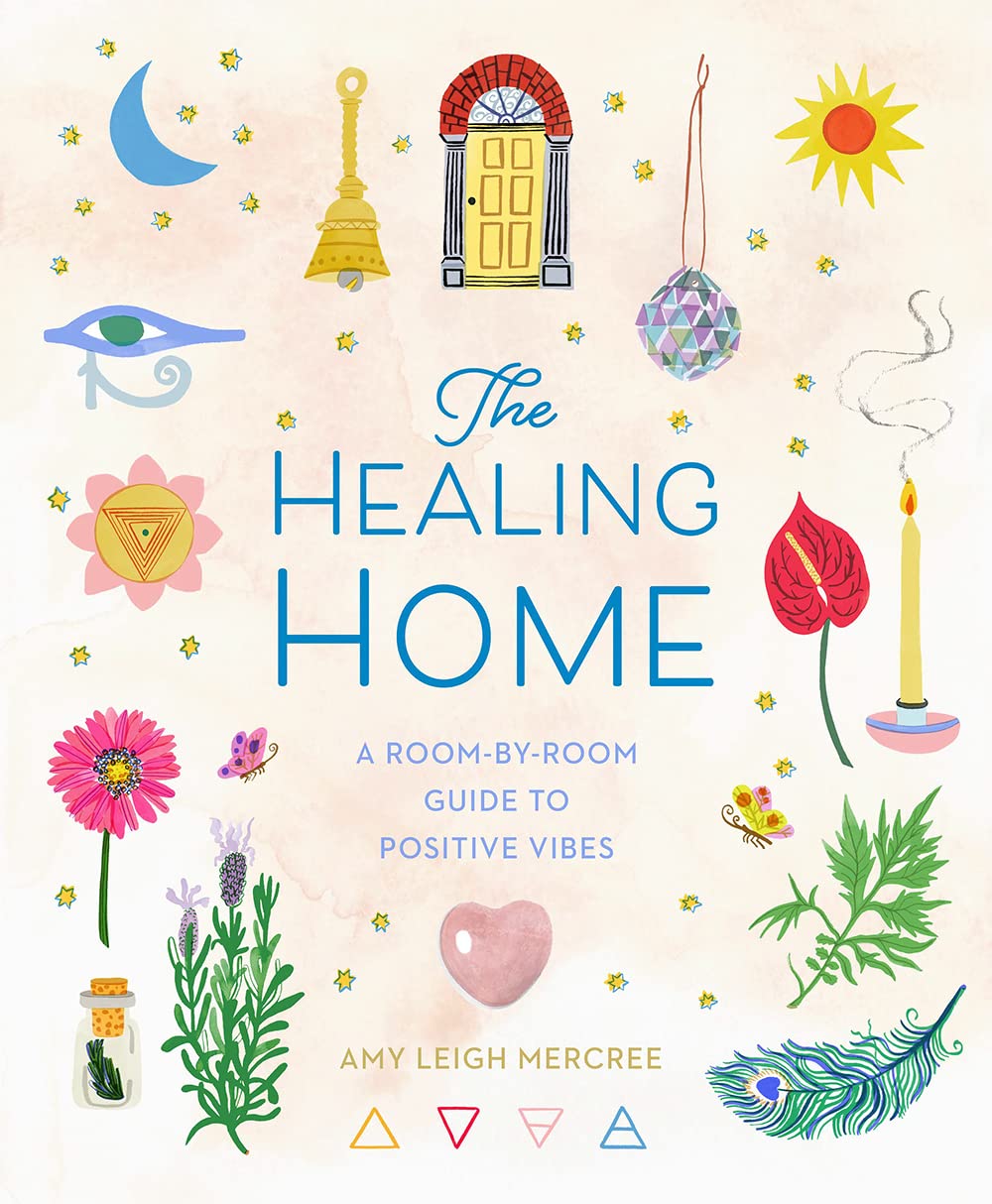The Ultimate Guide: 15 Steps to a Peaceful,Relaxing and Healthy Home
Steps to a Peaceful,Relaxing and Healthy Home ;Your home should be a sanctuary—a place where you can unwind, feel safe, and restore your energy. A peaceful, relaxing, and healthy home can improve your mental and physical well-being, helping to reduce stress and promote better sleep. In this guide, we’ll explore 15 practical steps to transform your home into a calming retreat, ensuring that every corner contributes to a more tranquil and rejuvenating atmosphere. 1. Declutter and Organize Your Space A cluttered home often leads to a cluttered mind. Studies show that excessive mess can increase stress levels, making it harder to relax and focus. By decluttering your space, you create an environment that fosters calmness and productivity. Start by tackling one room at a time, sorting items into categories: keep, donate, and discard. The key is to be intentional about what you keep—hold on to only what adds value to your life. Organizational tools like storage bins, shelves, and drawer dividers can help maintain order. Once you’ve decluttered, implement a daily habit of tidying up to prevent things from piling up again. Make it a rule to put things back in their designated places after use. A clean and organized space not only looks appealing but also makes your home feel lighter and more peaceful. 2. Incorporate Natural Elements Bringing nature indoors can significantly enhance your home’s atmosphere. Houseplants not only add aesthetic appeal but also purify the air, improve mood, and reduce stress. Popular options like peace lilies, snake plants, and pothos are easy to care for and thrive in most indoor settings. Natural materials such as wood, bamboo, and stone can also contribute to a relaxing environment. Consider wooden furniture, stone countertops, or rattan decor pieces to add warmth and an organic touch to your home. These elements create a connection to nature, making your space feel more grounded and serene. Additionally, incorporating natural textiles like cotton, linen, and wool in your furniture and bedding can increase comfort. Choosing eco-friendly and sustainable materials not only benefits your health but also contributes to a more harmonious living space. 3. Improve Indoor Air Quality Poor indoor air quality can lead to allergies, respiratory issues, and overall discomfort. Keeping your home well-ventilated by opening windows daily helps to remove stale air and bring in fresh oxygen. Investing in an air purifier can further enhance air quality, especially if you live in an area with pollution or allergens. Houseplants like aloe vera, spider plants, and ferns are natural air purifiers. They absorb toxins and release oxygen, making them a great addition to any room. Essential oils such as eucalyptus and lavender can also help freshen the air while promoting relaxation. Regular cleaning also plays a role in maintaining healthy air quality. Dusting surfaces, vacuuming with a HEPA filter, and reducing the use of harsh chemical cleaners can minimize pollutants. Opting for natural cleaning solutions like vinegar, baking soda, and lemon ensures a toxin-free environment. 4. Choose Soothing Colors for Your Home Colors have a psychological impact on emotions and overall well-being. Soft, neutral tones such as whites, beiges, and pastels can make a space feel calm and open. Blue and green hues are especially known for their soothing properties, making them ideal for bedrooms and relaxation spaces. If you prefer bolder colors, opt for earthy shades like terracotta, soft grays, or muted blues. These colors create a cozy and inviting ambiance without overwhelming the senses. Avoid overly bright or neon colors in main living spaces, as they can be overly stimulating. Incorporating soothing colors doesn’t mean repainting your entire home. Adding decor elements like throw pillows, curtains, and artwork in calming tones can subtly transform the atmosphere. A well-balanced color palette ensures your home feels like a peaceful retreat. 5. Optimize Natural and Soft Lighting Lighting plays a crucial role in setting the mood of a home. Natural light boosts mood, improves productivity, and enhances overall well-being. Keeping windows unobstructed and using sheer curtains allows more sunlight to filter in, brightening your space naturally. For evening relaxation, soft lighting is essential. Warm-toned bulbs, dimmable lamps, and candles create a cozy ambiance perfect for winding down. Avoid harsh white lights, especially in bedrooms, as they can disrupt melatonin production and affect sleep quality. Adding string lights, Himalayan salt lamps, or LED candles can further enhance the relaxing atmosphere. Layering different light sources—such as floor lamps, table lamps, and wall sconces—creates a balanced and inviting environment. 6. Create a Cozy and Comfortable Living Space Your living space should be a place of comfort and relaxation. Soft textiles such as plush rugs, throw blankets, and oversized pillows can instantly make any room feel cozier. Choosing comfortable seating arrangements encourages relaxation and connection. A cozy reading nook can be a great addition to your home. A small corner with a comfortable chair, warm lighting, and a bookshelf creates an inviting space for unwinding with a book. This personal retreat can serve as a quiet escape from daily stressors. Incorporating layered textures like wool, velvet, and faux fur adds depth and warmth to your decor. By prioritizing comfort in your living space, you make your home feel more welcoming and nurturing. 7. Reduce Noise Pollution Excessive noise can be a source of stress and anxiety. Soundproofing your home with rugs, heavy curtains, and upholstered furniture can help absorb unwanted noise. These additions not only reduce echo but also make your space feel more intimate. White noise machines or nature soundscapes can be effective in masking external noise. Sounds like ocean waves, rainfall, or gentle instrumental music create a relaxing background that promotes focus and calmness. This is especially helpful in bedrooms and workspaces. If possible, designate quiet zones in your home. Creating tech-free or low-noise areas allows for mindfulness and relaxation, free from distractions and interruptions. 8. Establish a Relaxing Bedroom Atmosphere Your bedroom should be a retreat for rest and relaxation. Investing in high-quality bedding, such as breathable cotton or linen sheets and a supportive … Read more

